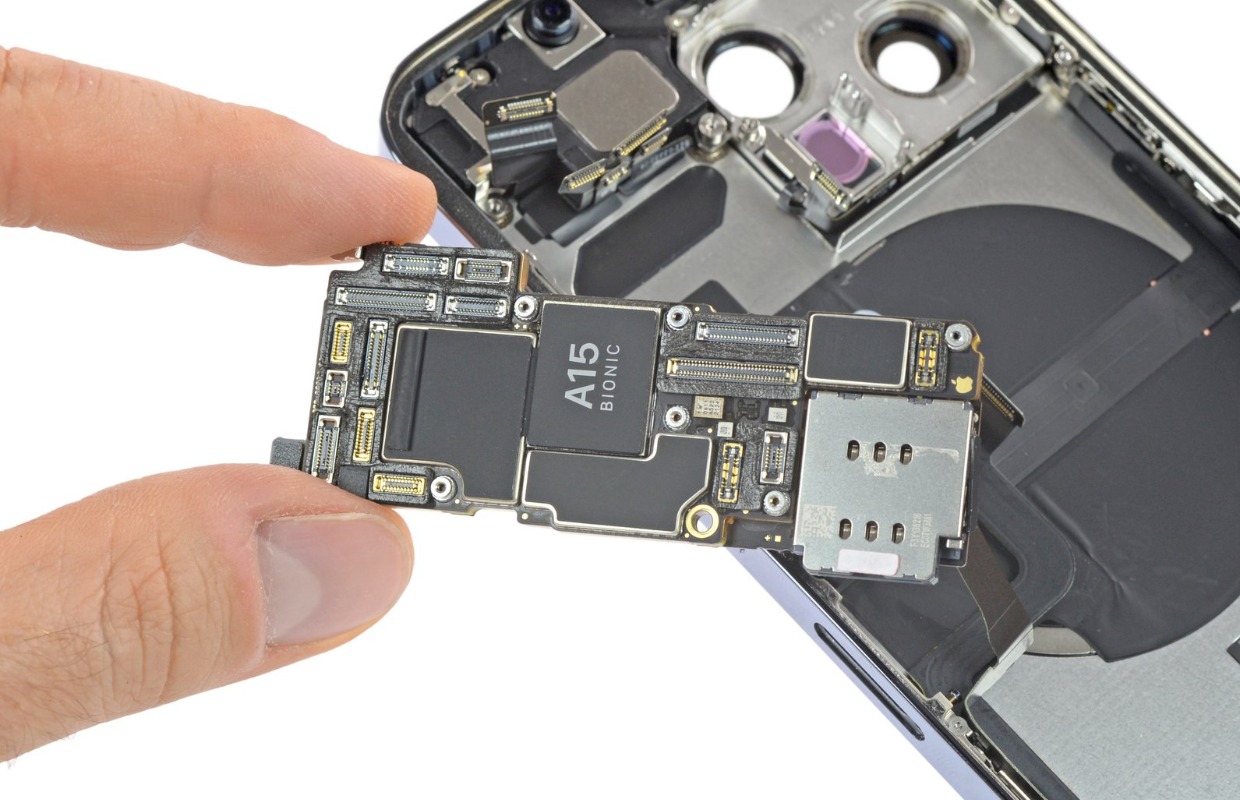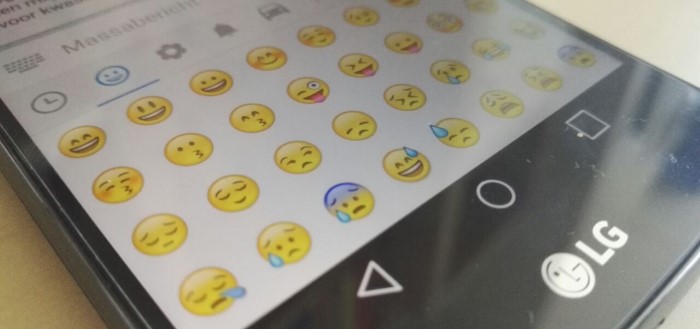How (not) durable is the iPhone 13?
Just like the rest of the world, Apple also needs to become a lot more sustainable. The company has high climate ambitions, but is it able to achieve them? In this analysis we check how sustainable the iPhone 13 is.
Read on after the ad.
That’s how durable the iPhone 13 . is
Apple aims to be completely carbon neutral by 2030. This means that by then no product sold should have a negative impact on the climate. To meet this ambitious target, not only Apple stores and offices need to become ‘greener’, but also the products.
Since the iPhone 13 has been in stores for a while now, we thought it was a good time to take stock. After all, during the presentation, Apple extensively discussed all the ways in which the device has been made more sustainable. Some noteworthy features:
- The gold on the motherboard of the iPhone 13 phones is made from 100 percent recycled gold.
- The vibrator motor is made entirely from recycled tungsten.
- The case of the iPhone 13 is made of 100 percent recycled wood fibers and much less (about 35 percent) plastic is used.
Sounds good, right? For a complete picture, however, we need to look at the total carbon emissions of a device, also known as the ecological footprint. This number indicates exactly how much carbon a product emits during its entire life cycle. So it is the sum of the mining of raw materials, assembling it in the factory to finally taking an iPhone back for recycling.
Hard numbers
In the table below we have calculated the average ecological footprint (in total kilograms of CO2 emissions) per iPhone 13 model. For comparison, the previous device series is also included, the iPhone 12.
How durable is the iPhone 13?
The main conclusion from the table is that the iPhone 13 is actually more durable than its predecessor. Especially with the iPhone 12 Pro (Max) and iPhone 13 Pro (Max), the best iPhones of 2020 and 2021 respectively, the differences in ecological footprint are large.
However, if you look a little further back in time, it’s a completely different story. For example, the iPhone 8, a device from 2017, emits on average ‘only’ 64 kg of CO2, just as much as the almost identical iPhone SE from 2020. The table below shows that there were also negative outliers in recent years, such as the iPhone 11 ProMax from 2019.
Not entirely coincidentally, the two aircraft with the lowest CO2 emissions are also the smallest aircraft. Both the iPhone 8 and iPhone SE (from 2020) have a relatively small 4.7-inch screen. Other Apple phones have a much larger display. Logically, this also increases the ecological costs.
Criticism
However, you can’t deny that Apple is making strides across the board. There are plenty of caveats to the official figures.
The supplied charging cable (Lightning to USB-C) of the iPhone 13 will not fit in every charger. People who switch from the iPhone 8 – an older device with the same adapter – have to buy another cable, for example, or buy a different charging block.
Moreover, since the iPhone 12, Apple no longer supplies an adapter and headset as standard. A smart move by Apple, because as a result the accessories no longer count towards the ecological footprint of the devices. And do you still need a charger and/or earplugs? Then you have to buy it separately. In both cases, Apple is doing good business.
Turnaround for Apple
Sustainability goes beyond raw materials and the production chain. Recycling is at least as important. Fortunately, Apple’s Trade In program makes it very easy to hand in your old phone in a neat and climate-conscious way. When it comes to repairs, the company is a lot less helpful. This will change soon though.
Apple has lobbied against the repair industry for years, but has changed its mind. At the beginning of 2022, the company will launch the Self Service program, which will initially be rolled out in the United States.

Consumers on the other side of the ocean can then order original iPhone parts from Apple and repair their smartphone themselves. Of course that sounds very nice, but probably the average consumer cannot do this. According to the repair experts at iFixit, the iPhone 13 is extremely difficult to repair: the device scores a 5.
In that area, for example, Apple can learn a lot from Fairphone. This Dutch brand makes modular Android phones where you can replace and repair parts yourself.
Politics vs Apple
Apple probably didn’t change its mind entirely voluntarily. The European Commission has been putting political pressure on the company for years. Brussels has long wanted to oblige manufacturers of laptops, tablets and smartphones to make their products in such a way that they can be easily repaired.

Another hot topic is the possible introduction of a universal charging standard. The iPhone is still faithful to the Lightning connection made by Apple, but the European Commission sees much more in USB-C, a much more popular charging standard.
Moral of the story: Apple is never going to admit it, but the “repair bend” probably wasn’t voluntary. The political and social pressure on companies to become more sustainable probably contributed to this.
Conclusion: is the iPhone 13 durable?
In summary, the iPhone 13 is more durable than its predecessor. After all, the ecological footprint of the new iPhone series has clearly decreased. Opinions will differ on whether the iPhone 13 is actually durable.
After all, it just depends on which phone you compare the device with. What is certain is that the iPhone 13 is extremely difficult to repair (yourself), so Apple can certainly take steps in terms of sustainability.
Explanation of the tables: the average emissions per device depend on the amount of storage space. For example, an iPhone 13 with 512GB capacity has an ecological footprint of 83 kg of CO2, while a version with 128 GB remains at 64 kg.
In the calculations, we have therefore added the emissions together and divided by the number of versions that Apple sells. For example, the iPhone 13 has a carbon footprint of 64 (128GB version), 71 (256GB version) or 83kg (512GB), bringing the average to 72.67kg.
Want to stay up to date with the latest Apple news? Sign up for our newsletter:




